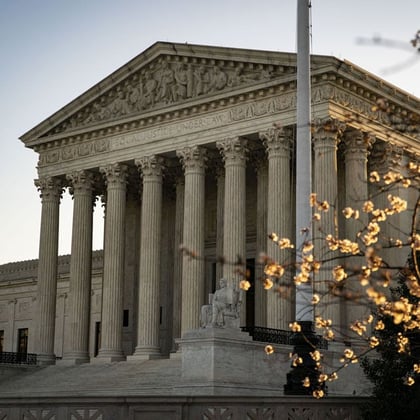What You Need to Know
- Efforts to kill one previous DOL fiduciary rule effort took two years, and another took one year.
- A Supreme Court ruling overturning the Chevron doctrine could help federal courts kill the effort.
- Federal lower courts may take time to digest and apply whatever Chevron ruling the Supreme Court issues.
Annuity issuers, annuity producers and advisors have to prepare to comply with the U.S. Department of Labor’s proposed investment advice fiduciary definition, even if the courts eventually kill it.
Emily Kile-Maxwell, an attorney at Faegre Drinker, gave that advice Tuesday during a webinar.
The federal courts took about two years to stop a 2016 Labor Department fiduciary rule effort and about a year to stop a 2020 effort, Kile-Maxwell said.
“Most likely, we’re not going to be able to rely on litigation to vacate the rule before it goes into effect,” she said.
What it means: Life insurers have to prepare to set up elaborate Labor Department fiduciary standard compliance systems that may be in use for just a few years.
The saga: The Employee Retirement Income Security Act of 1974 gives the Labor Department authority to impose a fiduciary standard on benefit plan advisors, and the department is interpreting that to mean that it can regulate the advice given to users of retirement plans and individual retirement arrangements that qualify for federal retirement account tax incentives.
The department is now getting ready to release the final version of the final regulation and updates to two closely related supplements, Prohibited Transaction Exemption 2020-02 and PTE 84-24. The rules would affect companies and people that help retirement savers roll assets from retirement plans and IRAs into other arrangements.
The PTE 2020-02 update would affect how insurers apply the new fiduciary standard definition to themselves, their employees and agents who are treated as employees.
The PTE 84-24 update would affect how insurers handle relationships with outside producers who are selling their annuities and other products.









 March 19, 2024 at 03:15 PM
March 19, 2024 at 03:15 PM











